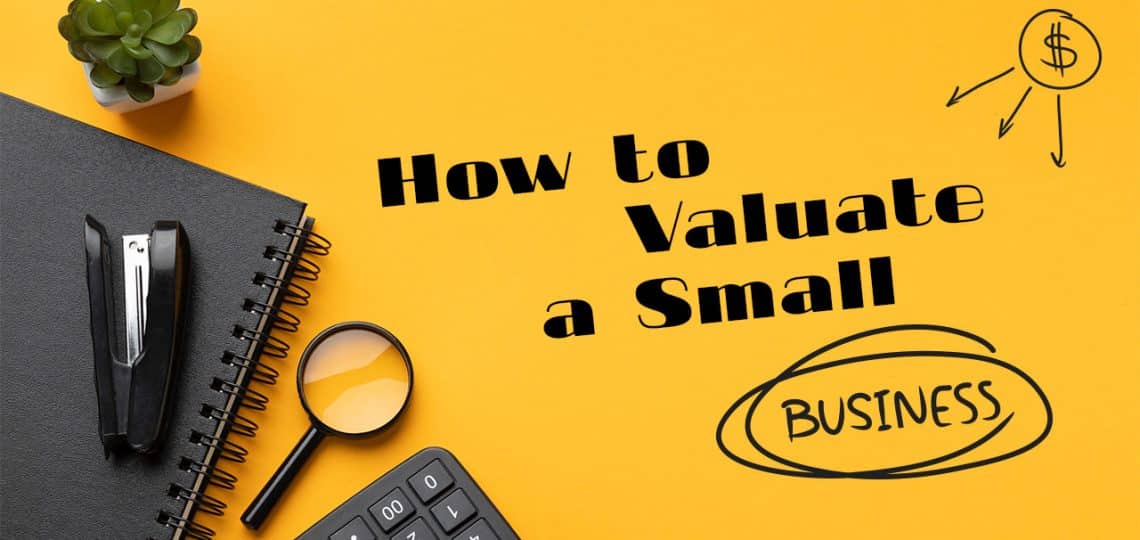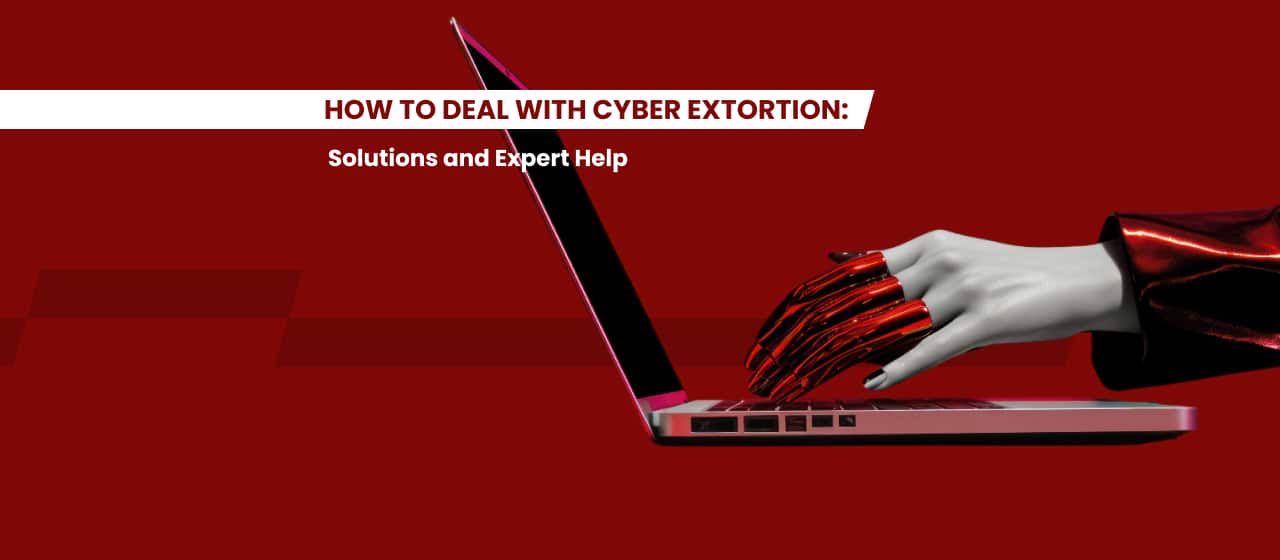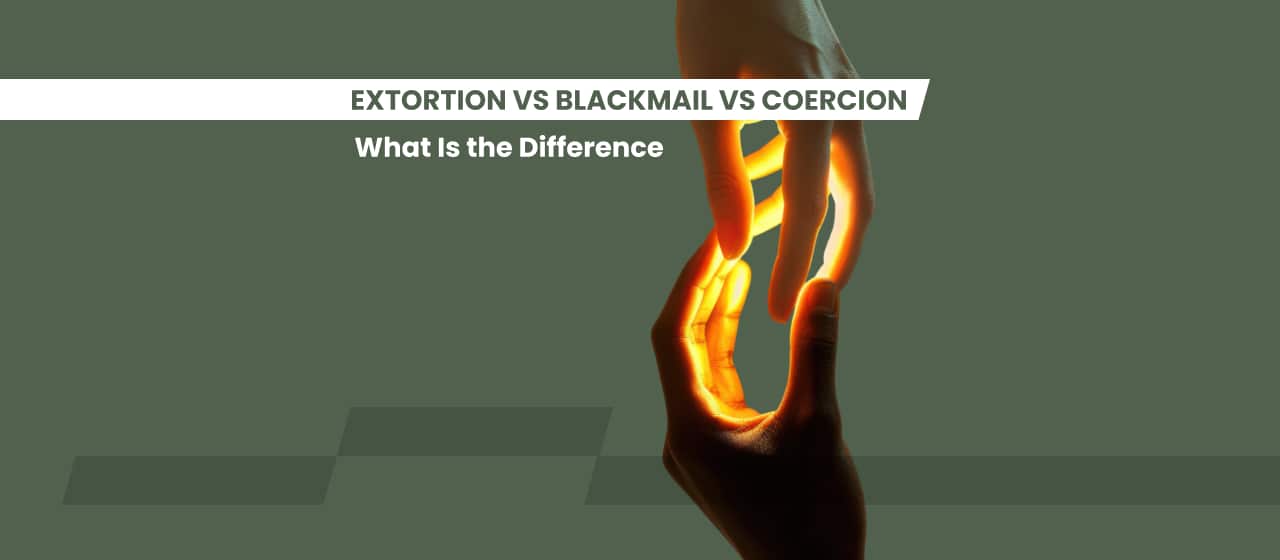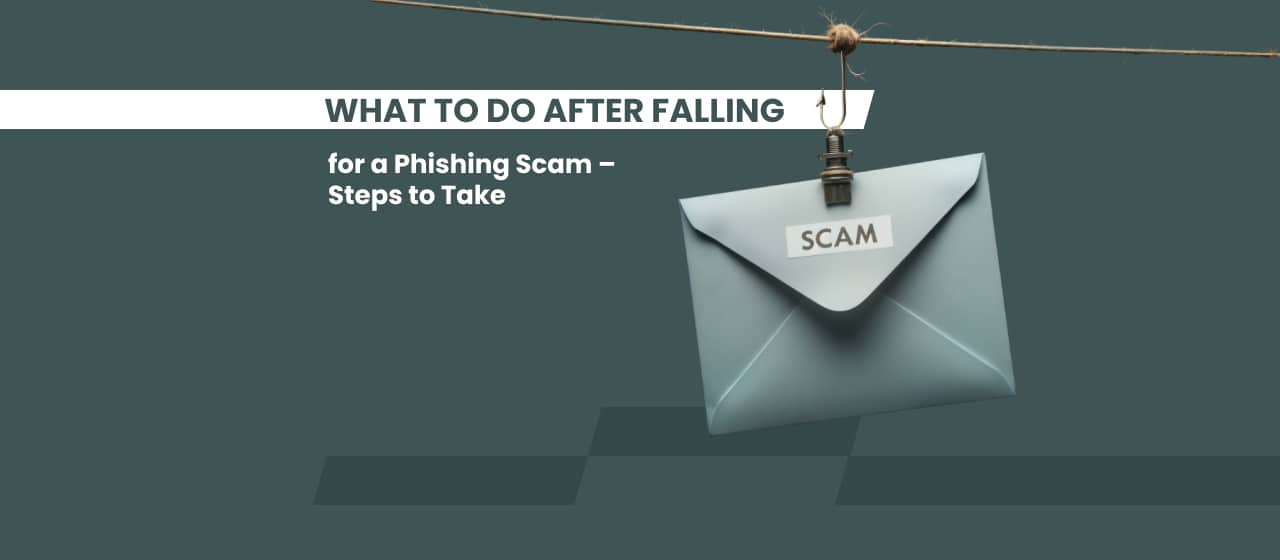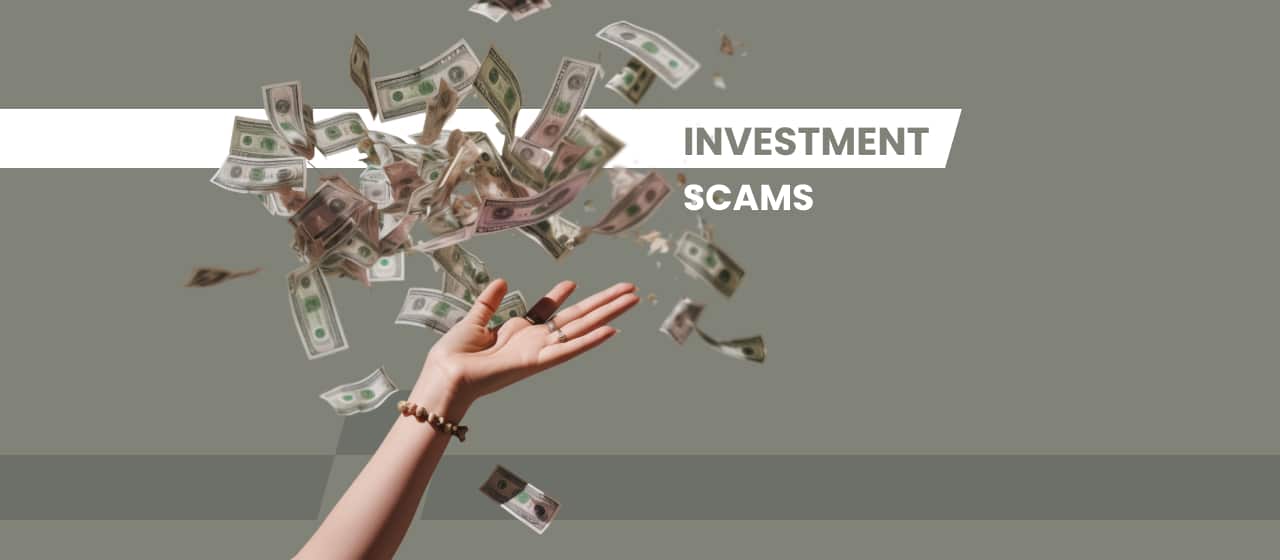If you are thinking about buying a small business or selling one, the first step you need to take is valuating it. Valuation is an important process that will help you determine how much the business is worth. It’s important to understand how the process works and what factors determine a small business’s value. In this blog post, we’ll discuss how to valuate a small business and the different methods used to valuate one.
What is Small Business Valuation?
The main purpose of small business valuation is to determine the fair market value of a company. This is important, as it will help buyers and sellers agree on a price that reflects the true worth of the company in question. In addition, knowing the fair market value can help entrepreneurs decide how much capital they should raise when financing their businesses.
How Much Does a Small Business Valuation Cost?
The cost of a small business valuation depends on several factors, including the size and complexity of the business, the type of valuation being done (e.g., asset-based or market-based), and other variables like industry standard practices. Generally speaking, smaller businesses tend to have lower valuations than larger ones because they lack scale and have fewer assets. Similarly, more complex businesses may require more time and effort to properly value, resulting in higher costs.
How To Valuate a Small Business?
Valuating a small business can be a daunting task. It is important to understand the various methods and techniques used to accurately determine the value of a business as it will provide valuable information for potential buyers or partners. With that being said, let’s dive into three common methods to accurately valuate a small business.
Net Asset Value Method
The Net Asset Value (NAV) method is one of the most popular methods used to valuate a small business. This method takes into account the total assets of the company, including cash and liquid assets, investments, physical assets, and other tangible items minus any liabilities or debts. The formula used for this method is simple — assets minus liabilities equals net asset value. This method is ideal for companies that produce tangible products and have few intangible assets on their balance sheets.
Discounted Cash Flow Method
The Discounted Cash Flow (DCF) method is another popular method used to valuate a small business. This approach involves estimating future cash flows of the company based on current profits or projected growth rates. These cash flows are then discounted back in time using an appropriate discount rate in order to arrive at an estimated present value of the company’s future earnings potential. This approach works best with companies that have strong historical financial performance data as well as reliable projections for future performance.
Market Approach Method
The Market Approach Method uses market data from similar businesses to estimate a particular company’s fair market value. This approach looks at comparable businesses in size, industry, location, financial performance metrics, etc., to arrive at an estimated value for the target company being evaluated. This approach works best when there are plenty of comparable businesses with reliable financial information available for comparison purposes.
Order a business valuation service to make an informed decision before buying or selling a business or stock.
Conclusions
Valuating a small business can be a challenging task but it does not have to be daunting if you understand the different methods and techniques available for arriving at an accurate valuation figure.
The Net Asset Value (NAV), Discounted Cash Flow (DCF), and Market Approach Methods are three common methods used by professionals when valuating a small business, depending on what type of information is available about the particular company being evaluated.
Having knowledge about how to valuate a small business through these three methods will help you make more informed decisions when considering buying or selling your own small business in the future!
